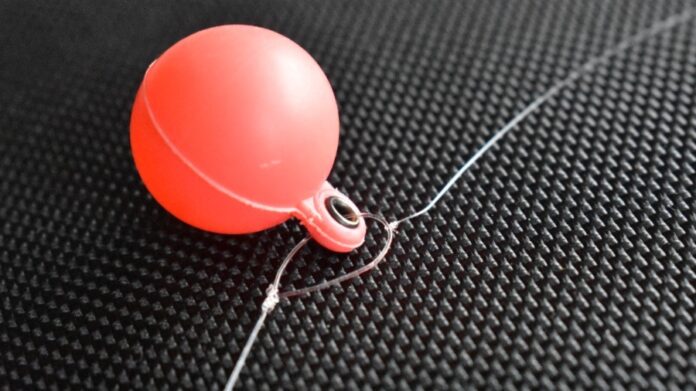Written By: Vincent Renda, 5280 Angler
All photos by Vincent Renda
Using a standard 9-foot leader with an indicator never made much sense to me. I want to know the moment the fish inhales my fly, and not have to wonder where 7 feet of leader is drifting under the surface. That’s why I often use a more compact 90-degree rig instead, especially when I’m sight-nymphing. It provides several key advantages over using a tapered leader, and it is easy to set up.
To make a 90-degree nymph rig, take an old tapered leader and cut it down to the last 1 to 2 feet of butt section. Next, run the end of the leader through your indicator, then tie a loop knot at the end of the leader, so that the indicator is trapped inside the loop [as shown above]. Finally, take a length of 3x-4x tippet that’s roughly equal to the depth of the water you’re fishing, and tie it to the loop using a simple clinch knot. You can add flies from there.

Because the 90-degree rig is so much shorter than a conventional tapered leader, the flies land a lot closer to the indicator, making it easier to know when you’ve made a good cast. It also cuts through the water faster because of the thinner-diameter tippet–resulting in less drag–and allowing you to use significantly less weight to sink your flies (a heavy point fly is often enough). And because your flies tend to sit directly under your indicator, you not only get nearly-instant feedback, but your hookset angle is improved as well, both of which help to put more fish in the net.

It’s worth noting that the 90-degree rig isn’t great when you’re targeting wary fish, since the splash made by this admittedly-clunky setup will often spook them on the first cast. I’ve actually grown to like that aspect, however, because it helps me to avoid wasting time casting to fish that were too skittish to eat, no matter what setup I used.
Vincent Renda guides for 5280 Angler in Arvada, Colorado.
Credit: Source link































